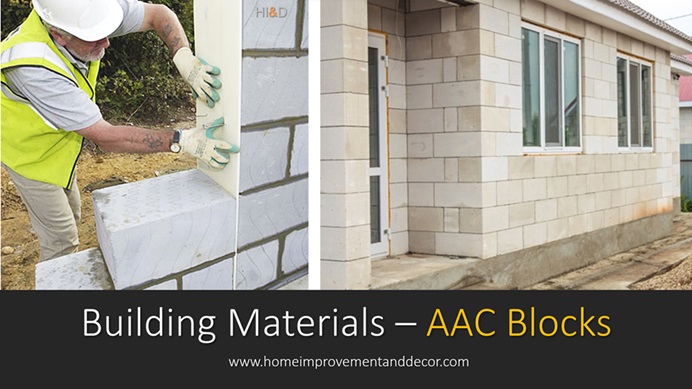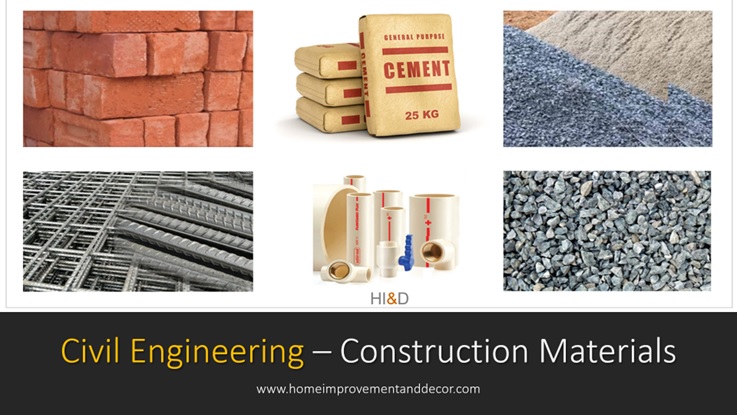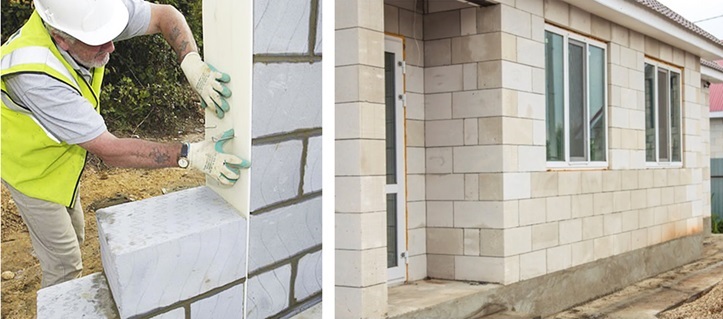
AAC Blocks
Complete Guide To Autoclaved Aerated Concrete AAC Blocks , Types , Features And Applications
AAC blocks, which stand for Autoclaved Aerated Concrete (AAC) blocks are a precast building material extensively used in the construction industry. It offers excellent thermal insulation, low maintenance, noise reduction, and durability.
Autoclaved Aerated Concrete (AAC) blocks have gained prominence in the construction industry as an innovative and sustainable alternative to traditional building materials such as clay bricks. These blocks are made from a mixture of sand, cement, lime, gypsum, water, and an aerating agent.
These blocks are a certified green building material that is lightweight, has good load-bearing capacity, is high-insulating, and is durable. AAC blocks are three times lighter than red bricks, which results in a substantial reduction in the structure’s dead weight.
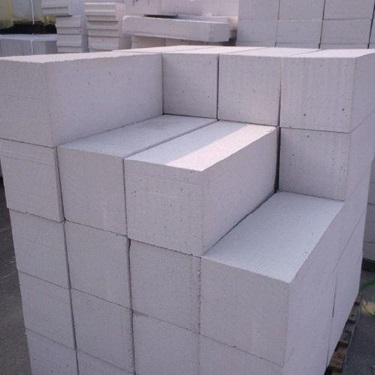
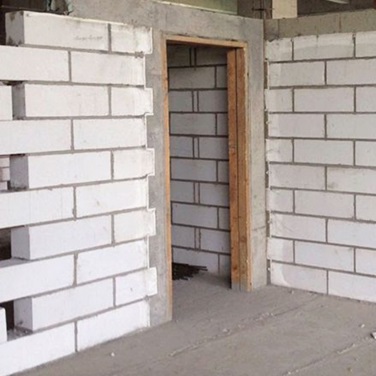
AAC block masonry offers many advantages. The heat-insulating properties of AAC blocks keep the building cooler and prevent outside heat from entering, resulting in significant savings on air conditioning costs. Since these blocks are lightweight also guarantee savings in foundation load, structural steel consumption, and mortar consumption.
AAC blocks are light-weight, durable, and offer excellent thermal and sound insulation properties. In this detailed article, we will explore the technical features, sizes, applications, advantages, and disadvantages of AAC blocks in building construction.
Applications Of Autoclaved Aerated Concrete - AAC Blocks
AAC blocks are versatile construction materials, which makes them suitable for many applications in building construction. Some common applications of Autoclaved Aerated Concrete blocks include:
- Load-Bearing Walls:
AAC blocks are commonly used as load-bearing walls in residential, commercial, and industrial buildings. Their lightweight nature makes them easy to handle and transport.
- Partition Walls:
AAC blocks are suitable for partition walls, providing a durable and efficient solution for dividing spaces within a building.
- Exterior and Interior Walls:
AAC blocks can be used for both exterior and interior walls, contributing to the overall structural integrity of the building.
- Cladding:
AAC blocks can serve as cladding material, providing a lightweight yet sturdy covering for the exterior of buildings.
- Roof Panels:
Special AAC panels are designed for roofing applications, offering a combination of insulation and structural support.
Technical Features - AAC Blocks
- Composition:
AAC blocks are primarily composed of sand, cement, lime, and aluminum powder. The addition of aluminum powder reacts with lime and produces hydrogen gas, resulting in the formation of air bubbles throughout the mixture.
- Curing Process:
The curing process involves autoclaving, where the formed AAC blocks are subjected to high-pressure steam. This process enhances the structural and thermal properties of the blocks.
- Density:
AAC blocks are lightweight with a density typically ranging from 500 to 700 kg/m³. This low density contributes to their excellent thermal insulation characteristics.
- Sizes and Shapes:
AAC blocks are available in various sizes and shapes, including standard blocks, lintel blocks, corner blocks, and U-shaped blocks. Common sizes include 200 x 600 x 75 mm, 200 x 600 x 150 mm, and 200 x 600 x 200 mm.
- Compressive Strength:
AAC blocks exhibit good compressive strength, often in the range of 3 to 4 N/mm². The compressive strength can vary based on block density and manufacturing processes.
- Thermal Conductivity:
One of the notable features of AAC blocks is their excellent thermal insulation properties. With a low thermal conductivity, AAC blocks contribute to energy efficiency in buildings.
Advantages And Disadvantages Of AAC Blocks
Advantages
- Lightweight:
The low density of AAC blocks makes them lightweight, facilitating easier handling, transportation, and installation.
- Thermal Insulation:
AAC blocks offer excellent thermal insulation, reducing energy consumption for heating and cooling in buildings.
- Fire Resistance:
AAC blocks are inherently fire-resistant, providing an added layer of safety in the event of a fire.
- Sound Insulation:
The porous structure of AAC blocks contributes to good sound insulation, making them suitable for reducing noise transmission between spaces.
- Durability:
AAC blocks exhibit long-term durability, resisting decay, pests, and weathering.
- Speed of Construction:
The ease of handling and faster construction process with AAC blocks can lead to quicker project completion.
- Environmentally Friendly:
The manufacturing process of AAC blocks involves minimal waste, and the blocks are recyclable, contributing to sustainability in construction.
Disadvantages
- Initial Cost:
The initial cost of AAC blocks may be higher compared to traditional building materials. However, this cost is often offset by long-term savings in energy and maintenance.
- Specialized Installation:
AAC blocks may require specialized installation techniques, and builders need to be trained in their proper handling and construction.
- Limited Load Capacity:
While suitable for many applications, AAC blocks may have a limited load-bearing capacity compared to traditional materials like concrete blocks.
Conclusion
AAC blocks have emerged as a versatile and sustainable building material with a range of technical features and applications. Their lightweight nature, coupled with excellent thermal and sound insulation properties, makes them an attractive choice for modern construction projects. As the construction industry continues to embrace sustainable and efficient building solutions, AAC blocks are likely to play a crucial role in shaping the buildings of the future.

